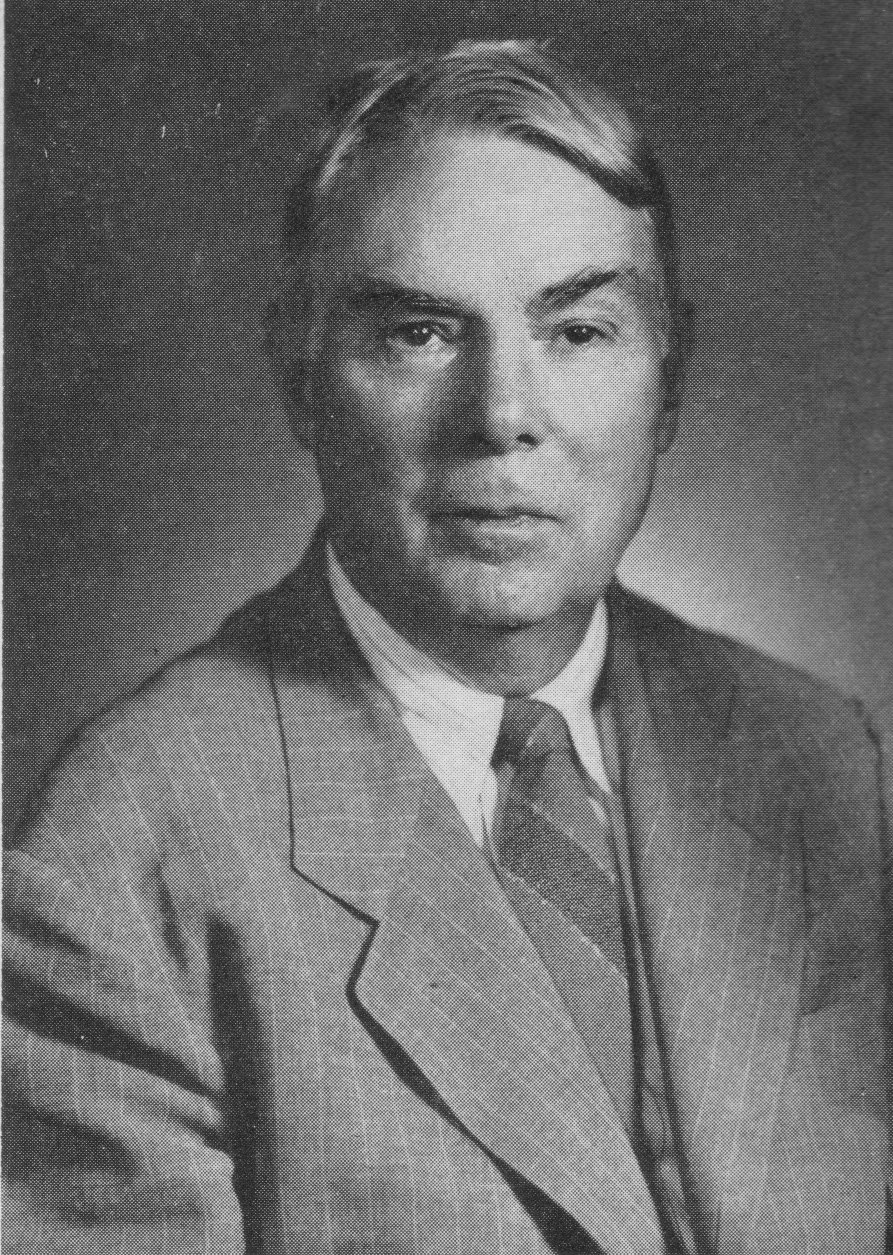Walton H. Hamilton, Southmayd Professor of Law, 1928-48
Walton H. Hamilton
REFERENCES:
Robert W. Gordon, “Professors and Policymakers,” in Anthony T. Kronman, ed., History of the Yale Law School (2004).
Walton Hale Hamilton (1881-1958) was one of the intellectual leaders of the Legal Realist movement at Yale. An economist but not a lawyer, Hamilton applied the insights of institutional economics to legal contexts, producing many classic critiques of legal formalism. In works such as “The Ancient Maxim Caveat Emptor,” 40 Yale L. J. 1133 (1931), “Affectation with a Public Interest,” 39 Yale L. J. 1089 (1930), and “The Path of Due Process of Law,” 48 Ethics 269 (1938), he showed how legal concepts that had evolved in specific historical and social contexts could lead to surprising and undesirable outcomes when removed from context and generalized into universal legal principles. Hamilton also undertook industry studies to show how wages and prices were not set by market forces as understood by neoclassical economists but rather depended on social and historical contexts, that resulted in noncompetitive wages and prices.
At the Law School, Hamilton taught courses in trade regulation, torts, and public control of business, among others, and co-authored many books and articles with most of his colleagues. His teaching materials on torts, assembled with Dean Harry Shulman, raised economic questions that were retained in what became the Shulman and James torts casebook, which introduced law students to the possibility of economic analysis, including a first-year law student, Guido Calabresi, who authored the pathbreaking work in the field, “Some Thoughts on Risk Distribution and the Law of Torts,” 70 Yale L. J. 499 (1961).
In the 1930s, Hamilton was a frequent advisor on New Deal economic policy. He eventually left Yale to become a full time deputy to Thurman Arnold at the new antitrust division of the Justice Department and thereafter, to join Arnold’s newly created Washington, D.C. law firm, Arnold, Fortas & Porter.
At the Law School, a professorship was established in his honor in 1965.
